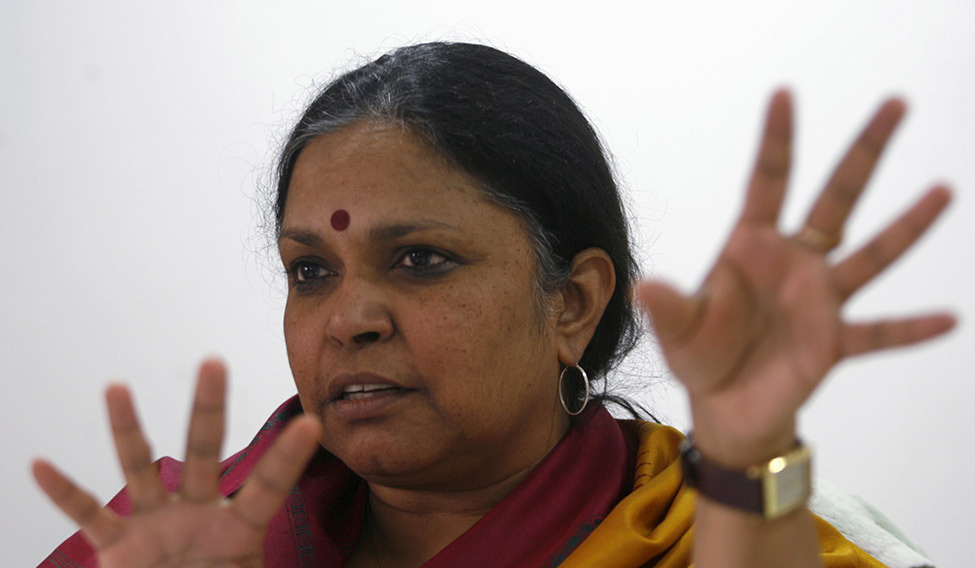At a high-level seminar held by the ministry of health and family welfare in 1998, experts from around the world cautioned India against the privatisation of the health system without putting regulations in place. Examples of other countries were given to demonstrate how suicidal such an omission could be. We did not listen.
In 2000, Andhra Pradesh brought forth a Clinical Establishment Act, but rules were not made till 2005. Today, the act lies in limbo as the politicians are convinced that the old ‘licence raj’ must not be brought back. Instead, the mantra is ease of business that implies a laissez-faire environment for the private health sector to thrive. Somewhere economists Adam Smith and Kenneth Arrow must be squirming in their graves.
Taking from the Andhra Pradesh example, the government of India tabled the Clinical Establishment Act in 2010. It was a relatively toothless act but was important for the government to at least get data on the nature and spread of the private sector in India, which was getting increasingly complex with every street having billboards announcing a wide range of health providers, most of them with spurious degrees. Rules were framed. But only ten states have adopted the act. This reflects the tight control that the Indian Medical Association (IMA) continues to have over the polity in India.
It is the above background that explains how and why the legislations passed by the West Bengal and Karnataka governments assume significance. Both the states brought in three critical aspects under their oversight. They instituted a grievance redressal mechanism with the ability to act much faster than our civil courts, indicated price ranges that ought to be charged, and made it mandatory for the hospitals to display their prices as a requirement under the registration process. The acts seek to allay the growing perception of an insensitive government refusing to act against a “greedy, unaccountable and uncaring private health care system”, that appears to be more interested in making profits than the wellness of the patients. Such acts have been welcomed by the public. The fact that the West Bengal government faced no protests and the Karnataka government stood their ground refusing to blink despite the threats issued by the private sector, is indicative of the depth of public despair that the governments are no longer going to be able to overlook. Sensing this, the private sector led by the IMA is worried that other states may follow suit.
And the private sector should be worried. No country in the world has allowed such a free run to them as India has, going against every theory of economics. It is known that health is the only sector that has substantial information asymmetries that make it difficult to leave it to markets, making it imperative for the state to intervene. Second, because the health markets are so inherently imperfect, the idea of competition stabilising prices do not work. In view of the extreme vulnerability of the patients, governments do regulate. This can be seen in the US that is a totally privatised system and yet has a plethora of regulations covering every aspect of patient care—treatment protocols, ethical standards, quality measurements and reporting requirements. However, since prices are not controlled and there is low emphasis on primary care, the US spends 17.1 per cent of its GDP on health and, yet, is ranked twelfth in outcomes compared to other developed countries. This is besides having 30 million of the population priced out—something that the Obama Affordability Act sought to address. At the other end is capitalist Japan, that, too, has private provisioning but can deliver services only as per prices laid down by government: making it a win-win situation—best outcomes with modest spending. India has no choice. It has to regulate both for price and quality. In the current environment, it is better that the private sector cooperates and negotiates, rather than be confrontational, so that their concerns can be kept in mind. Both governments and the private sector must be seen to act in favour of patient welfare, before the situation gets out of hand.
The author is former secretary of health and family welfare, government of India.






